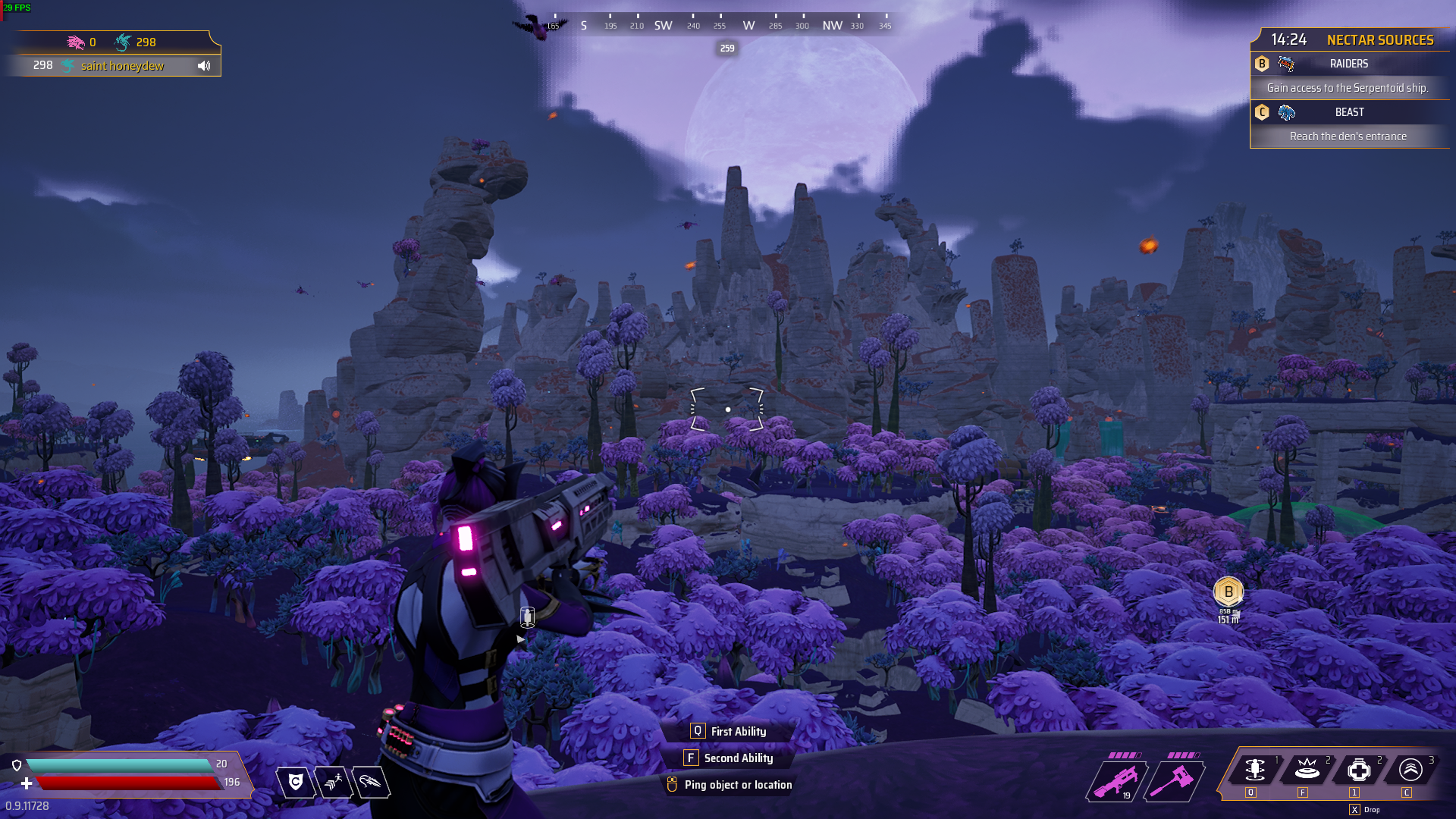A GUIDE TO KILLING IT AT QA!
Behind every good game is a QA team that helps exterminate all those pesky little bugs and ensures the game is fun and shippable! But the bigger the game, the more complex the puzzle of identifying all those bugs becomes! Speaking as one half of our QA department duo, Mei is here to break down her methodology on how to kill it at QA for this month’s blog post!
GAINING XP
Mei got into QA with an entry level job straight out of university, where the company she worked for was hired by game developers to test their games. It was a good start for her to learn the basics and familiarize herself with the tools and processes commonly used in QA.
“I'd say I'm still technically "getting my start", but the barrier to entry is relatively low and there's a lot of room to learn and grow.” – Mei
MASTERING SKILLS
As with many other aspects of life, organization and communication are key. Most devs that work on a game don't get to play it often as a QA tester; your job is therefore to be their eyes and to see what the code looks like from the player's perspective. Communicate often with the rest of the team if you see anything out of the ordinary.
Do your best to familiarize yourself with your team's issue tracking software (Jira, Asana, Notion, etc.). These software will be the main way the team keeps track of what's being worked on/what needs to be done, so it's your job as the bug manager to make sure everyone knows what issues need to be addressed, and in what priority.
“If you want to learn more about game development and go beyond just QA, I highly recommend doing your own research on the tools mentioned above and engines (Unity, Unreal, etc.) commonly used by developers. If you have friends who like to make games in their spare time, feel free to ask them about the process and maybe let you help them with their next game jam or something.” - Mei
Hands-on experience is incredibly valuable, and you can put the finished project on your CV or in your portfolio, if you have one.
Lastly, shoot your shot. Apply to those jobs, apply to that internship or mentorship program, join that game dev Discord server, make that terrible visual novel with your friends… you just might get more than you ever hoped for!
MEI’S METHODOLOGY
Check email for build updates and issues that require immediate attention.
Go through resolved issues for regression and close fixed issues.
Lots of playtesting! Use video recording software (such as OBS,) to document issues and show them to devs.
If a bug can't be fixed quickly, enter it in database for them to look at later.
Make sure all issue reports are clear, concise, and have appropriate media (examples of the bug) to go with them.
BECOMING THE MVP (QA TIPS)
Give media attachments the same name as the issue they correspond to (for example, for issue AT-303, name the media attachment AT-303).
Create a template for your bug reports and follow it for each issue to stay consistent.
Issue trackers often have automation tools to help you stay on top of things. Learn to use them!
If you're not sure about something, don't hesitate to ask the devs. Sometimes what's intended is different from what you expect.
Be extra observant of the context of a bug when you encounter it. The cause might be something in the background instead of what you see on surface.
The polish of a game depends on the little things. Go with your gut and keep a close eye on them.



